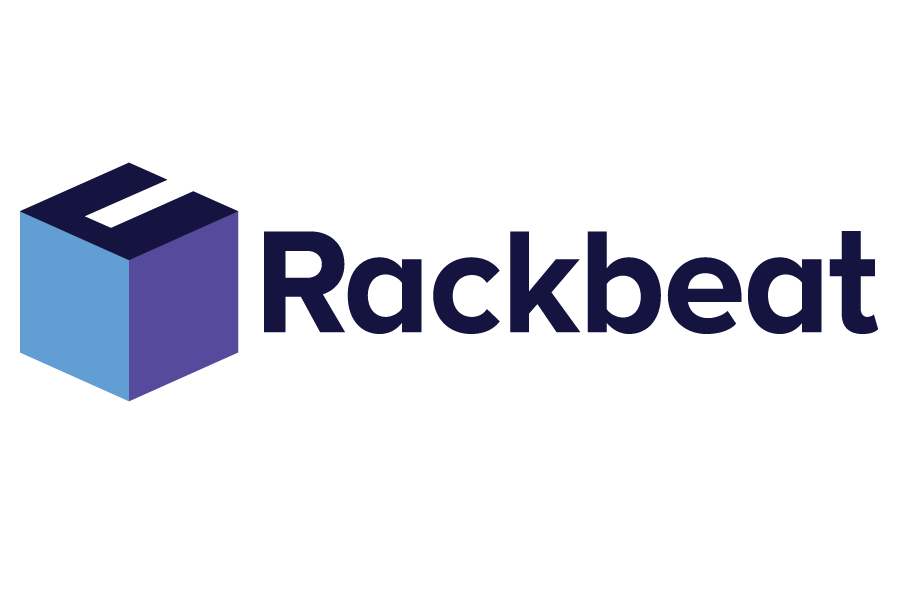Resource Management
Resource management involves planning, allocating, and optimizing an organization's resources to achieve strategic goals. This can encompass a wide range of resources, such as employee skills, financial assets, inventory, equipment, and technology. The purpose of resource management is to ensure that the right resources are available for the right projects or tasks, while minimizing waste and maximizing productivity.
Rackbeat January 11, 2024
What Are the Stages in Resource Management?
Resource management involves several key activities:
- Identification of resources: Determining which resources are necessary to meet the organization’s goals.
- Planning and allocation: Assigning resources to specific projects or tasks based on priorities and availability.
- Monitoring and adjustment: Continuously monitoring resource utilization to make adjustments as needed to accommodate changing demands or priorities.
- Analysis and reporting: After using the resources, evaluating the entire process to identify optimization opportunities that can inform future decision-making.
The Benefits of Streamlined Resource Management
- Increased efficiency: Optimized use of resources minimizes waste and maximizes output.
- Improved project execution: Ensuring projects have the necessary resources available increases the likelihood of successful completion on time.
- Cost savings: Efficient allocation of resources can lead to significant savings by reducing excess and avoiding unnecessary expenses.
- Better prioritization: Streamlined resource management enables a more strategic approach to resource allocation based on the company’s goals and priorities.
Rackbeat’s Role in Resource Management
Although Rackbeat primarily focuses on inventory management and related processes, the platform can also support aspects of resource management, especially in terms of optimizing warehouse resources and labor. With Rackbeat’s tools, companies can: Optimize warehouse space: Rackbeat ensures efficient use of warehouse space, which is a crucial physical resource for many companies. Streamline labor: Warehouse work becomes more efficient by optimizing tasks such as picking and packing, order handling, and recording goods receipt. Data insights: Rackbeat provides reports on your inventory movements, financial inventory values, reorders, sales, etc. These can be used to make informed decisions about resource allocation and identify opportunities for improvement. By integrating Rackbeat’s solutions, companies can improve their overall resource management, leading to increased productivity, reduced costs, and better alignment with the company’s goals and strategies.



